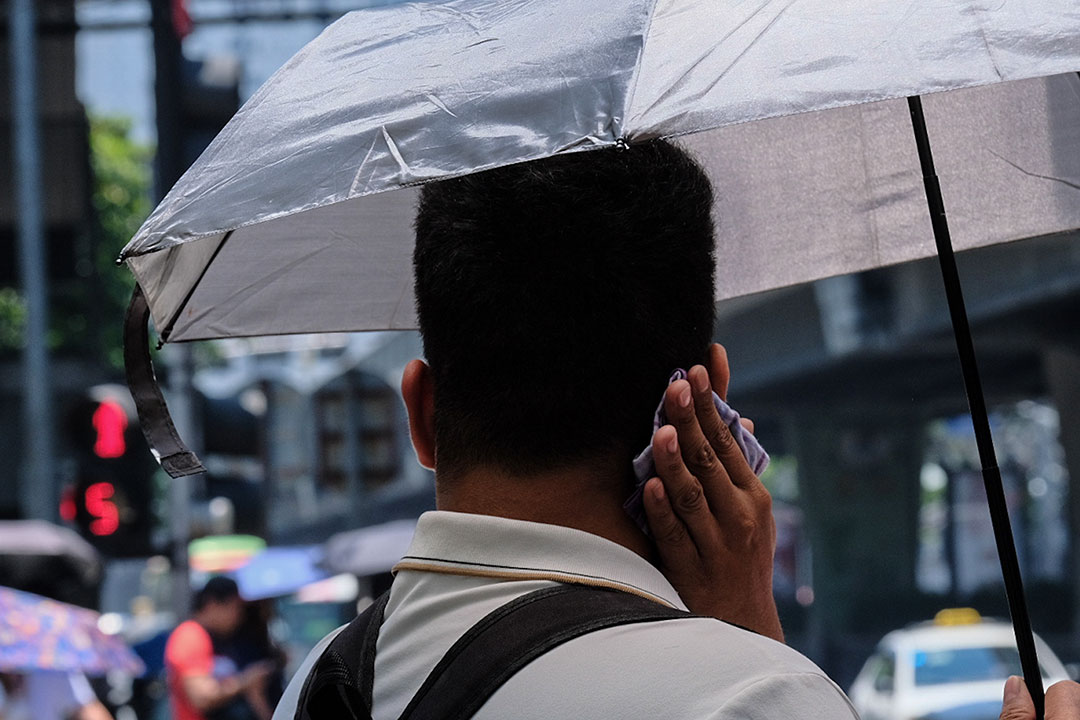Extreme heat in Asia worsened by climate change, scientists say

SINGAPORE — Extreme temperatures throughout Asia last month were made worse — and more likely — as a result of human-driven climate change, a team of international scientists said on Wednesday.
Billions of people across the continent were affected by record-breaking temperatures during April, with schools forced to shut down, crops damaged and hundreds of people killed by heat-related illnesses, climate experts from the World Weather Attribution group said in a report.
Myanmar, Laos and Vietnam experienced their hottest April days on record, while temperatures in India reached as high as 46° Celsius (114.8° Fahrenheit), they said.
“From Gaza to Delhi to Manila, people suffered and died when April temperatures soared in Asia,” said Friederike Otto, Senior Lecturer in Climate Science at the Grantham Institute of Climate Change and the Environment, one of the report’s authors.
“Heatwaves have always happened. But the additional heat, driven by emissions from oil, gas and coal, is resulting in death for many people.”
In the Philippines, one of the worst-hit countries, authorities issued health warnings, shut down schools and rationed electricity supplies as soaring temperatures threatened the country’s power grid.
The 15-day heatwave, which started in the middle of the month, would have been “virtually impossible, even under El Niño conditions” without the impact of man-made global warming, the report said.
Parts of the Middle East saw record-breaking temperatures over April 24-26, with Tel Aviv hitting 40.7°C. Extreme temperatures in western Asia were made five times more likely by climate change, the report estimated.
“The heat that we saw is really compounding an already dire crisis at the moment in Gaza,” Carolina Pereira Marghidan of the Red Cross Red Crescent Climate Centre said at a briefing on Tuesday.
Temperatures around India’s Kolkata in late April reached 46°C, 10C higher than the seasonal average, with climate change making extreme temperatures throughout South Asia around 45 times more likely, the report added.
Asian governments need to take action to adapt to soaring temperatures and minimize health risks, particularly in vulnerable sections of the population, said Ms. Marghidan.
“Considering that rate at which extreme heat is rising… we see a big need for heat action plans to be scaled up and current plans to be improved across Asia,” she said. — Reuters



